Formula C2Cl3F3 | Boiling point 47.5 °C | |
 | ||
Appearance Colorless to water-white liquid | ||
Trichlorotrifluoroethane, also called 1,1,2-Trichloro-1,2,2-trifluoroethane or CFC-113 is a chlorofluorocarbon. It has the formula Cl2FC-CClF2. This colorless gas is a versatile solvent. It has attracted much attention for its role in the depletion of stratospheric ozone. The amount of CFC-113 in the atmosphere has remained at about 80 parts per trillion, since the early 1990s. It is isomeric with 1,1,1-Trichloro-2,2,2-trifluoroethane, known as CFC-113a, which has the structural formula CF3-CCl3. The Montreal Protocol in 1987 called for the phase out of all CFC’s, including CFC-113 by 2010.
Contents

Atmospheric reactions

CFC-113 is a very unreactive chlorofluorocarbon. It remains in the atmosphere about 90 years, sufficiently long that it will cycle out of the troposphere and into the stratosphere. In the stratosphere, CFC-113 can be broken up by ultraviolet radiation (where sunlight in the 190-225 nm (UV) range), generating chlorine radicals (Cl•), which initiate degradation of ozone requiring only a few minutes:
C2F3Cl3 → C2F3Cl2 + Cl•Cl• + O3 → ClO• + O2This will occur in only half a second. It is followed by:
ClO• + O → Cl• + O2
The process regenerates Cl• to destroy more O3. The Cl• thus is a catalyst, which destroy an average of 100,000 O3 molecules during its atmospheric lifetime of 1–2 years. In some parts of the world, these reactions have significantly thinned the Earth's natural stratospheric ozone layer that shields the biosphere against solar UV radiation; increased UV levels at the surface can cause skin cancer or even blindness.
Uses

CFC-113 was one of the many CFCs that were produced to eliminate toxic and flammable substances in the areas that they were used. It has been used as a cooling agent in refrigerants and air conditioners, aerosol propellant, and a cleansing agent for electrical and electronic components. CFC-113 is one of the three most popular CFCs, along with CFC-11 and CFC-12 and saw much use in its time. CFC-113 is a refrigerant used in cooling systems. When it is in a gas form and compressed, it heats up, when it is expanded, it cools. CFC-113 also is a very volatile and apolar molecule so it was used as a foaming agent in the production of packaging material, insulation, foams for cushioning, and things like shoe soles. CFC-113 has such a low flammability and low toxicity that it was also used as a cleaner for delicate electrical equipment, fabrics, and even metals. It would not harm the product it was cleaning, ignite with a spark or react with other chemicals.[2] CFC-113 in laboratory analytics has been replaced by other solvents.
